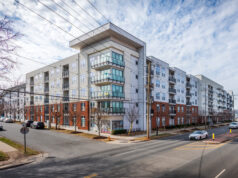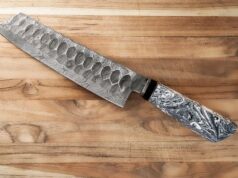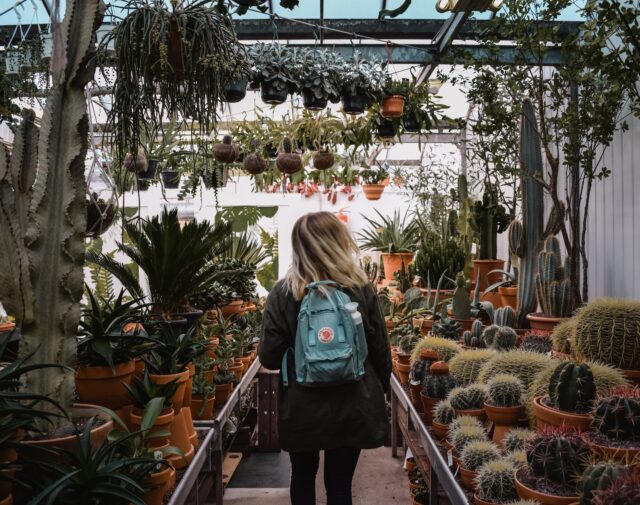
People from all around the world now bring their gardens inside. Sometimes it is because of a desire to have a greener home. In other cases, it is just to enjoy some nature indoors. Being surrounded by plants is good for your health. Most obvious is the visual beauty, but the benefits extend far beyond that. Air is fresher, due to the release of oxygen and absorption of carbon dioxide.
In fact, studies have revealed that indoor plants can remove up to 87 percent of toxins contained in the air in just 24 hours.
Studies have also revealed that concentration can be improved, and productivity increased by the presence of indoor plants. Therefore, it should be said that it’s not a surprise that so many different offices in the world have decided to include this type of plant. That means they are a great addition to any office too. With humidity more regulated, increased feelings of positivity, and feelings of calm and relaxation, what is there not to like?
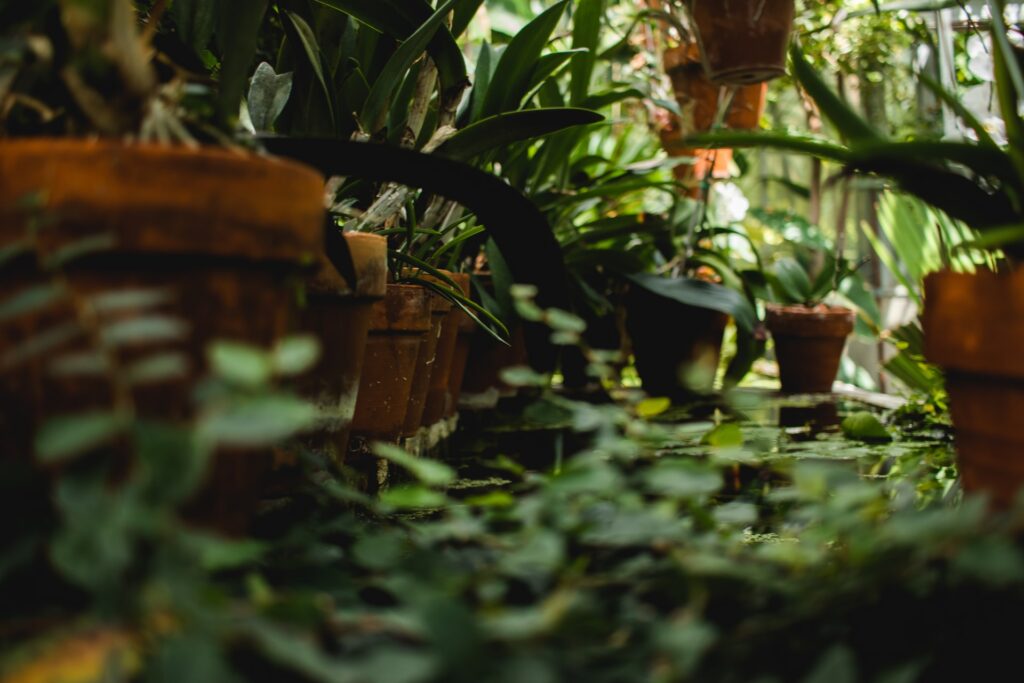
An indoor garden can literally transform your life. It will be a place of refuge from the outside world and be a great source of joy. And the great news is that no matter where you live, whether that’s in a large house, an apartment, or even a mobile home, there are no limits to what you can grow indoors. Thankfully, we can see that there is a wide array of different plans you can choose from. Pretty much all of them can serve for a particular purpose. So, it could happen that you have a somewhat hard choice to make.
Regardless of why you want to have an indoor garden or even if you are just interested in some indoor greenery, everything starts with picking the right plants. Here are the most important things you have to know about the subject.
1. There Are No Indoor Plants
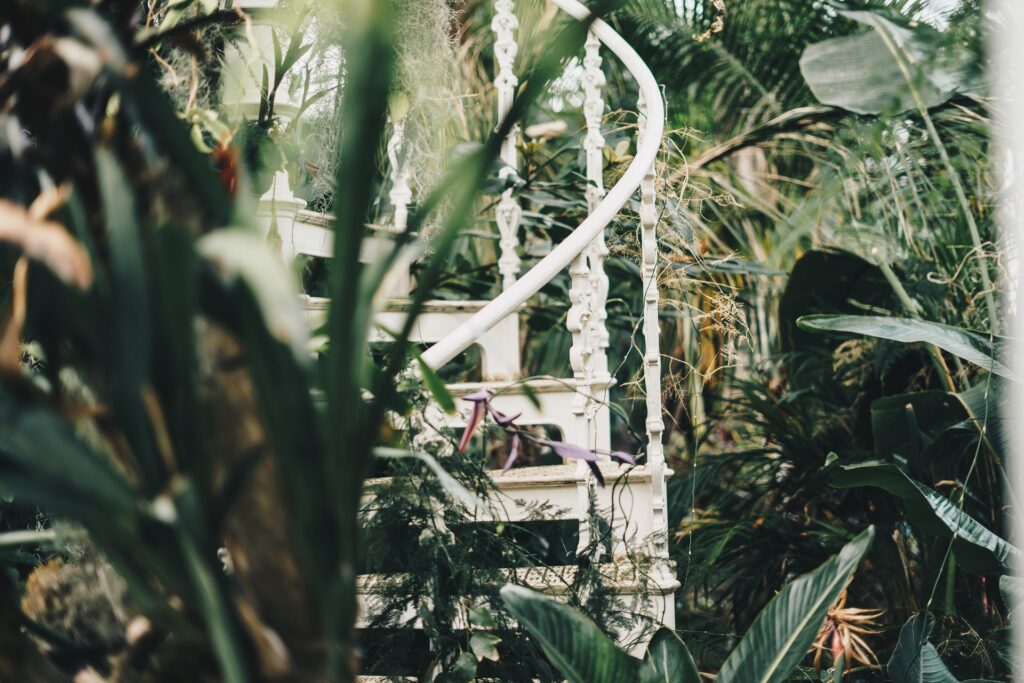
Technically speaking, indoor plants do not exist. What we have to understand is that when we say an indoor plant, we practically mean a plant that is capable of handling indoor growing stress. This is important because growing it in such an environment robs it of some elements that are needed, like sunshine, fresh air, and rain. Therefore, you can be sure that there are a couple of things you need to pay attention to before you are able to make the ultimate choice.
2. There are basically two ways to grow plants indoors:
- Choose a plant that comes from a subtropical climate because it is accustomed to the changed growing conditions.
- Build an indoor plant growing system that uses hydroponics from stores like Progrow.co.uk and create appropriate lighting and temperature conditions.
- Usually, you need to gradually acclimatize what you grow based on individual conditions.
3. Most Important Tips:
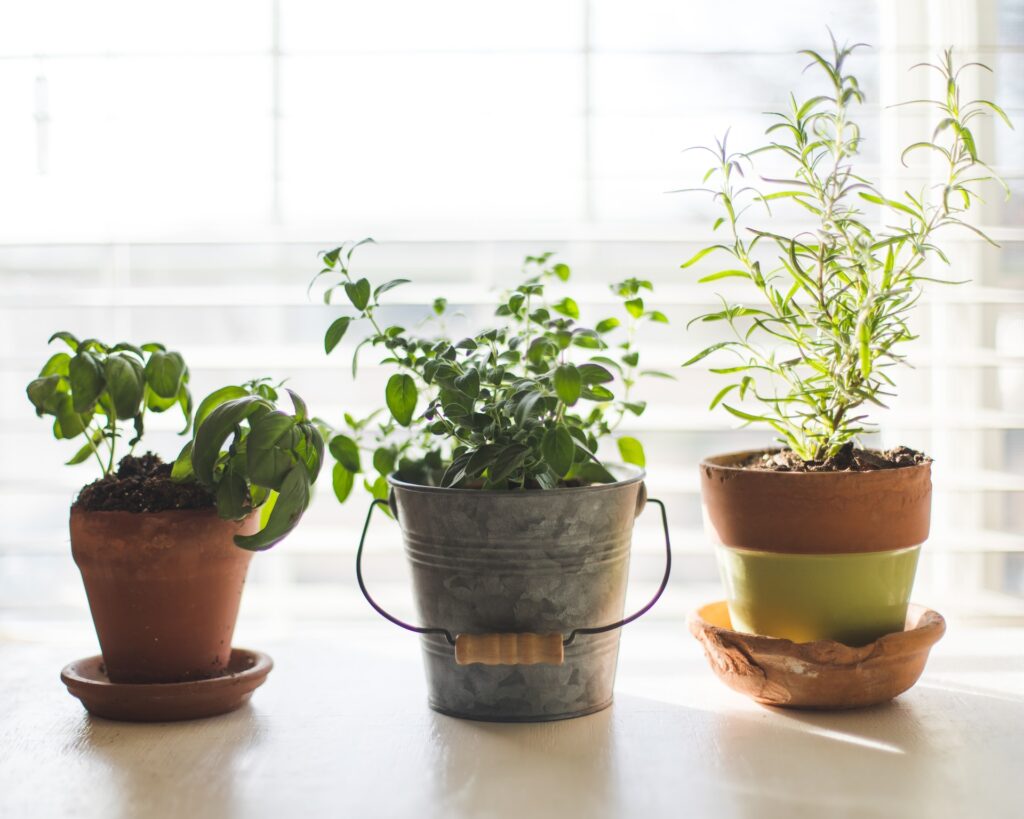
- Whenever possible, start with plants from subtropical climates.
- Do not plant what you grow into terracotta and ceramic plants because winter would negatively affect them.
- Always acclimatize your plants gradually so that they get used to the individual conditions of the home.
- Use shade-tolerant plants for the rooms where there are low light levels. If you have bright light conditions, use plants with patterned or colored leaves.
4. Consider Style When You Choose Indoor Plants
It is really important that you think about your interior style when you create your indoor garden. As with any decoration added into a room, consideration has to be given to already existing colors, shapes, and textures. As a very simple example, when you have teak furniture, Balinese fabrics, and red highlights, you most likely go for a tropical look. In this case, add some plants that are easy-care and that have unusual foliage shapes, like bromeliads and golden cane palm.
If your interior is modern, with simple and clean lines, you can jazz everything up with sculptural and textural foliage plants. A very good example of this is the beautiful Madagascar dragon tree, but you can also choose a lady’s palm. Using only the plants that are going to complement the style you have in your home, is an absolute must.
Otherwise, you can be sure that it wouldn’t look too good when you take a look at it from different perspectives. These are just a few examples. The options are literally endless. Do your research. Check out examples contained within interior design magazines or websites, visit your local garden center, or seek professional assistance. You’ll be amazed at the difference just a few choice plants can have in the right room.
5. Carefully Choose Indoor Pots
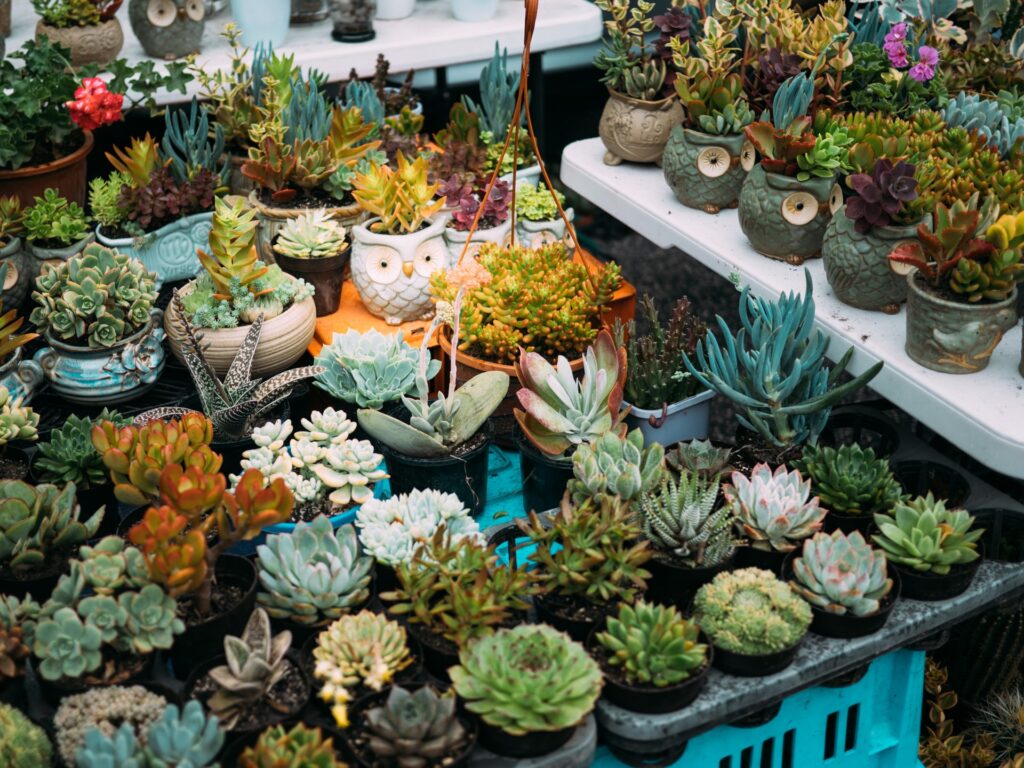
While you can easily learn everything about water systems and how to choose good lights, not much is said about the indoor pots that you should use. Basically, you have to always choose the pots first. For the same reasons as above, consider colors, styles, materials, and sizes that perfectly complement the home.
Indoor pots will not be cheap and there are many different colors that date very fast. Neutral pots are very useful because they always look great, regardless of the interior design. And that means you can reuse the same pots even if you change the plant contained within it, the rest of your décor, or decide to move it to a different room.
6. Flexibility is your friend!
Make sure that pots have proper drainage holes and that their size is appropriate, or you will not be able to make a correct choice. Have patience and look at all the options that are available. Also, learn all you can about the indoor plant you will grow so that you can choose something that is completely appropriate.
In Conclusion
Having some plants inside of your office, home, or any kind of room where you spend a lot of time, will make it possible for you to have a much more pleasant experience. It goes without saying that you are going to be careful about which plants you are going to choose, due to many different characteristics you can find among a plethora of different species. We’ve mentioned that there aren’t indoor plants and that we use that name only for the species that can be durable enough to be inside. Therefore, you can be sure that not all of them can be a complement to be inside, you can be sure of that. Learn more here at https://youryardguru.com/2021-planting-calendar/.

